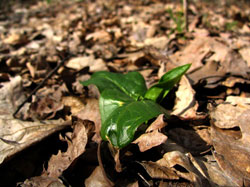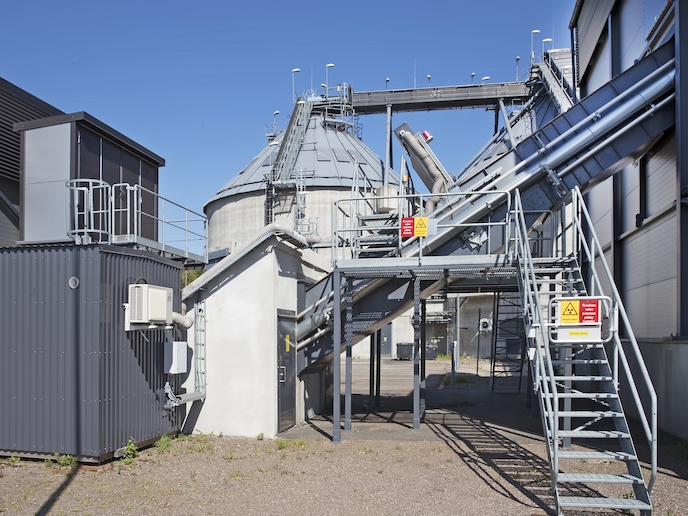Grasslands grow as energy source
The BioEnergy Research Group (BERG) research group intends to provide renewable and sustainable biomass resources to provide tomorrow's energy needs. As such, they apply chemical engineering science and technology to utilise the chemical energy of biomass. In this regard, BERG has set out to evaluate the feasibility of the entire bioenergy chain. They have found that perennial grasses with low alkali metal content would provide similar pyrolysis yields as those obtained from clean wood feedstock. The environmental viability of this finding holds great promise, as grasslands are one of the major biomes of the world. Since it was found that alkali metal presence lowers pyrolysis yields, alkali volume needs to be reliably controlled. One of the ways in which to ensure this is to wash the grasses in clean water. The obstacle remaining here is to determine the financial and technical difficulties involved, and of course, to ensure the availability of clean water supplies. One other factor found during the research was that even without washing and with low pyrolysis liquid yields of 40 to 50% the oil could have potential uses. Although it would be of poor quality, it can still prove suitable for applications such as industrial fuels or space heating. This would also be dependant upon whether or not the oil could be suitably stored, either through blending with other biofuels such as bioethanol or biodiesel. While the research does not yet present a cheap biofuel process solution, it contributes towards a more effective understanding of suitable sources of energy, generating an understanding as to the best available options.







